Get a panoramic view of the Hatsushima and Izu Oshima islands at an art museum overlooking the sea
Standing atop a hill in Atami City, Shizuoka Prefecture, the MOA Museum of Art is an “art museum with a view of the sea” overlooking the Sagami Nada Sea.
The main lobby offers a panoramic view of Hatsushima and Izu Oshima floating on the waters, which will sooth the hearts of visitors. The MOA Museum is one of the most popular spots within Atami City, which is itself a popular tourist destination of Shizuoka Prefecture, attracting many visitors throughout the year.
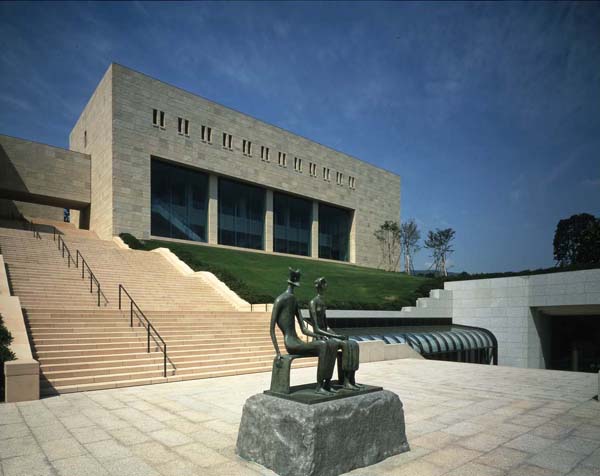

MOA Museum of Art currently houses approximately 3,500 works of art, including 3 national treasures, 70 important cultural properties and roughly 50 important art objects.
The collection includes a range of works of great artistic and scholarly appeal and value, such as paintings, calligraphy, handicrafts and statues from Japan, China and other parts of East Asia.
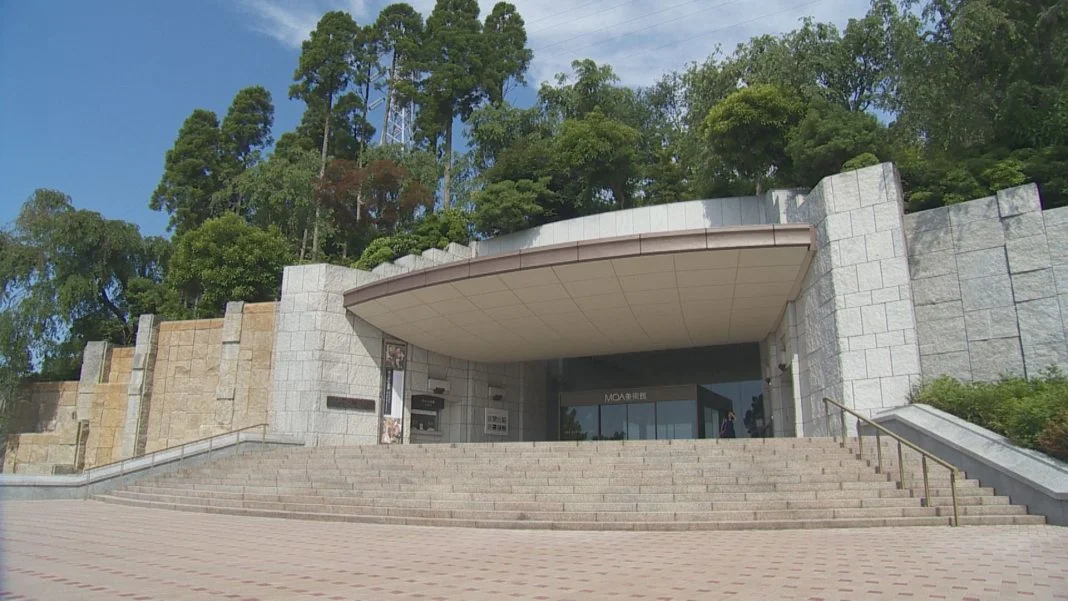
The galleries of the MOA Museum of Art were designed by the New Material Research Laboratory, led by internationally acclaimed contemporary artist Sugimoto Hiroshi and architect Sakakida Tomoyuki. Using traditional Japanese materials such as Yakushima cedar, Gyosha cedar, black plaster and tatami straw mats, the artists have created an exhibition space that brings out the full beauty of the works of art on display.
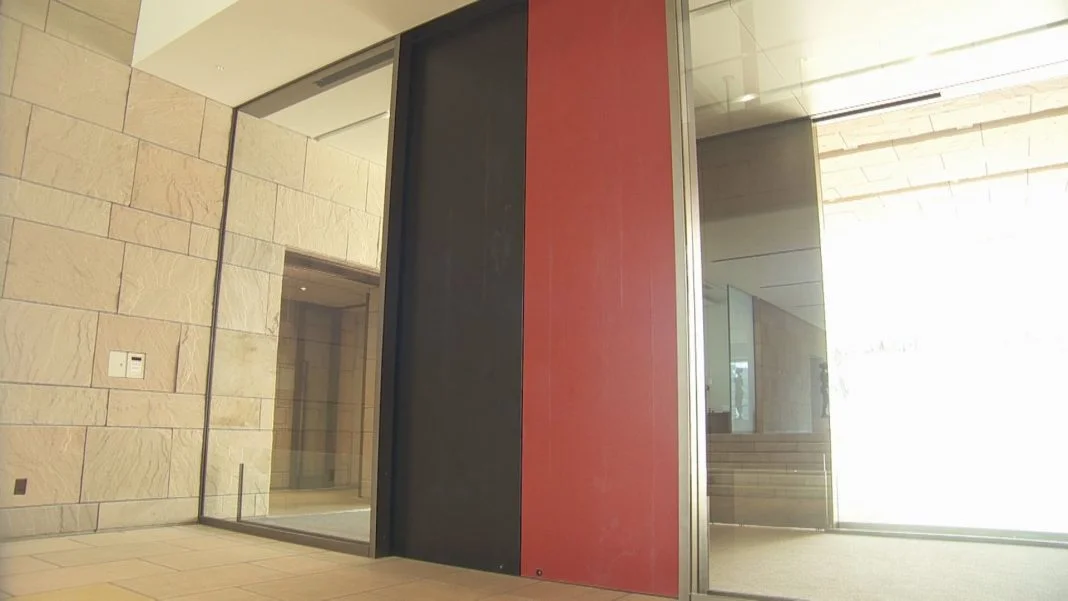
The central doors to the main entrance are four-meter-high lacquered automatic doors, made by the living national treasure lacquer artist Murose Kazumi. The traditional technique of lacquering has been reborn in the modern age in katamigawari style, which was popular in the Momoyama period (1573-1600).
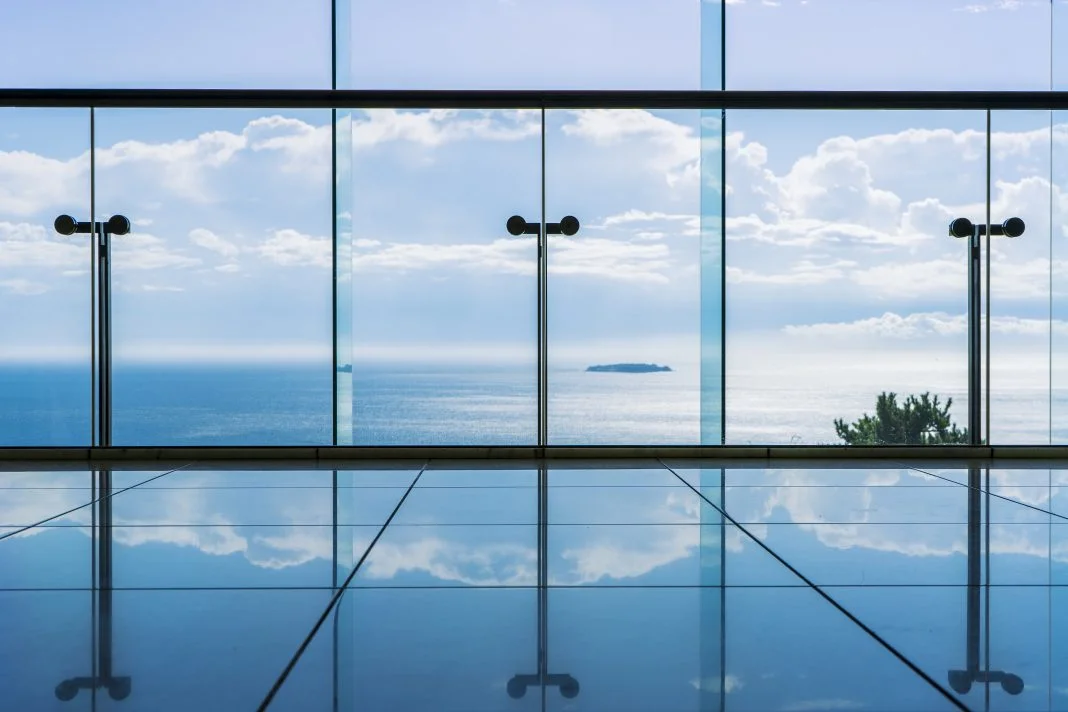
As you pass through the lacquered doors, you will see the main lobby on the right. In front of you is a wall about 32 meters long, entirely made of glass. On a clear day you can see Hatsushima, Izu Oshima and other islands, and the splendid view of the Sagami Nada Sea will captivate your heart.

There is also a cafe where you can take a break from viewing the artworks and enjoy a cup of coffee and delicious breads and sweets while the sea of Atami soothing your soul
Table of Contents
Stunned by the beauty of the exhibits!
The museum has six exhibition halls numbered from 1 to 6, built with traditional Japanese techniques and materials.
The museum are built with the latest technologies, including an ultra-thin seismic isolation base and low-reflective, high-transparency glass made in the United States.

Expressive floor tiles are placed in each exhibition room, starting with the bridge at the entrance to the exhibition room.


Thanks to the black plaster wall behind, viewers will not see their reflections in the glass cases. Visitors who become too absorbed in the exhibits might bump their foreheads against the glass… Actually, my friend and her mother both hit their heads (lol).
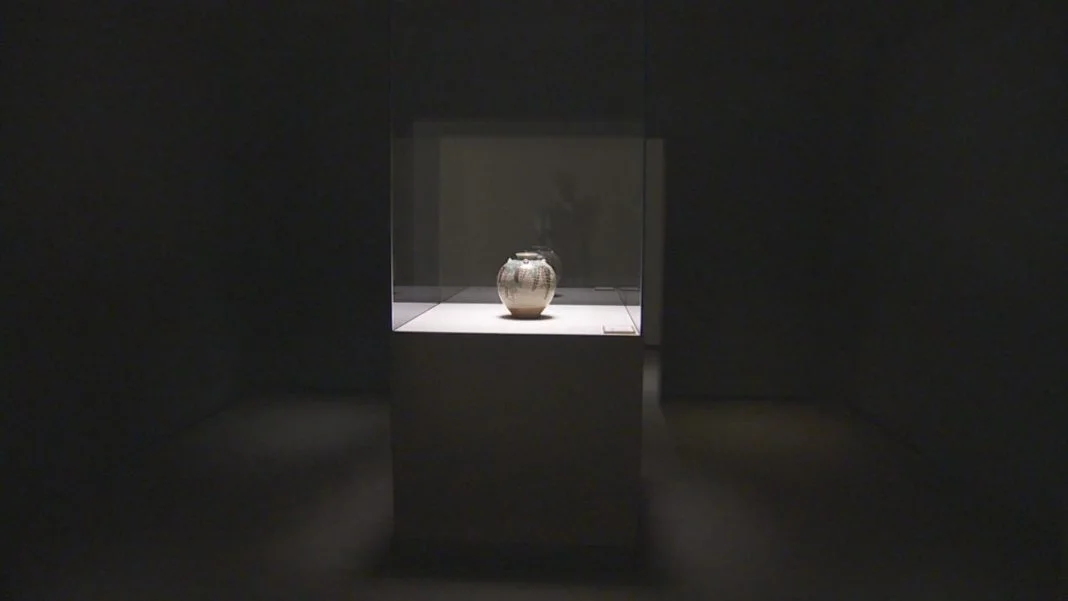
The special room that houses the national treasure Tea-leaf Jar with a Design of Wisteria is surrounded by beautiful walls of deep black plaster known as Edo black, a finish that is the pinnacle of a craftsman’s skills.
Now, let’s look at some main works on display here.



The Escalator Passageway and Circular Hall
There is a height difference of about 60 meters between the entrance and the museum’s main building, which is connected by seven escalators totaling 200 meters in length. Visitor can enjoy the ever-changing gradiation of color on the walls and ceiling of the Circular Hall. The Circular Hall, which is located midway along the Escalator Passageway and has a diameter of approximately 20 meters, features Japan’s largest kaleidoscope mapping, created by Mitsuru and Yuriko Yoda.
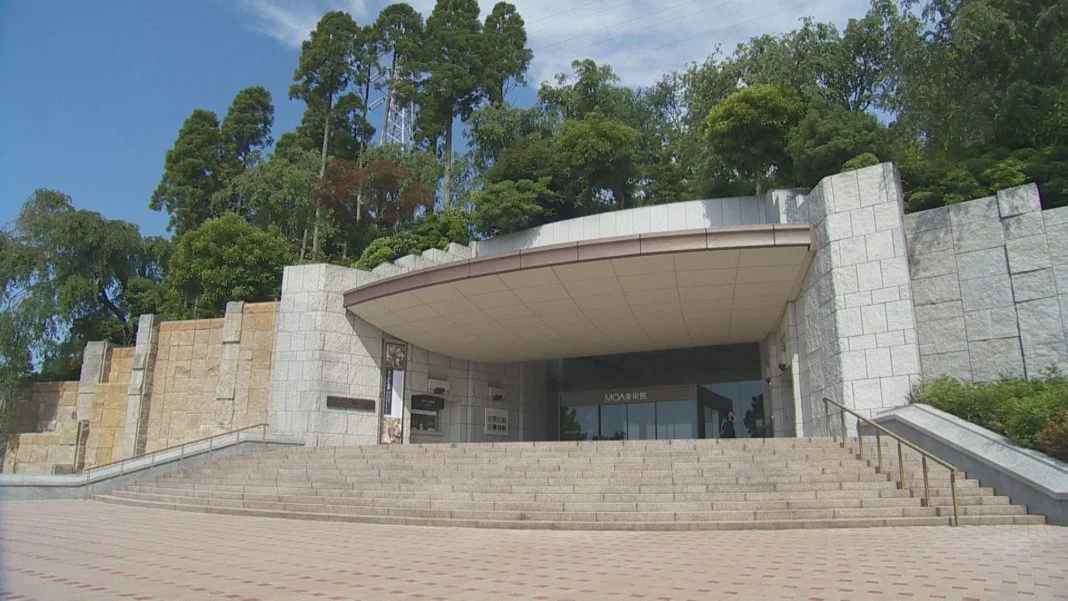

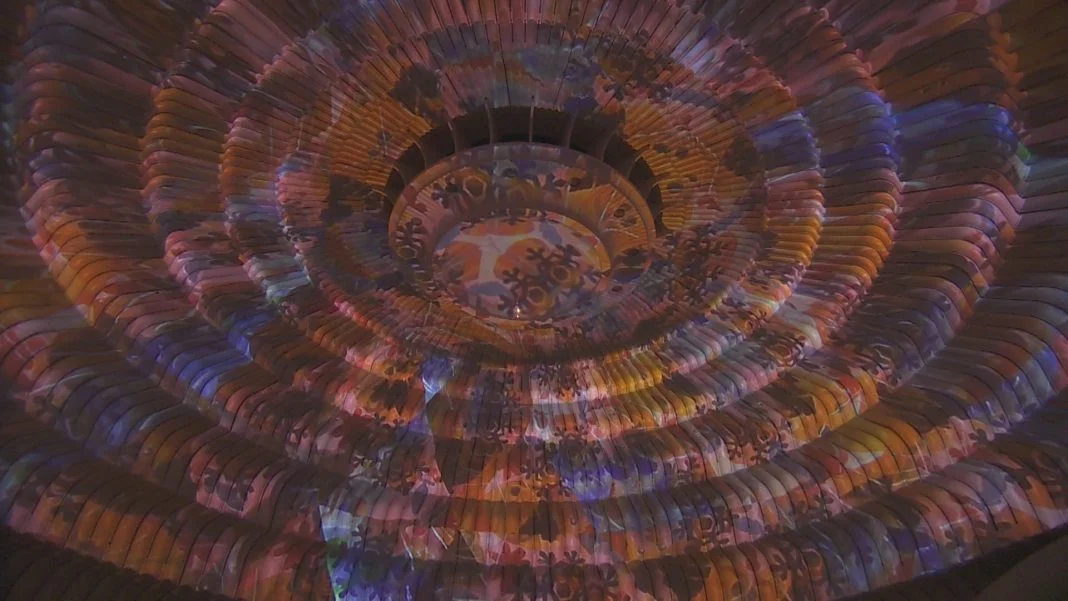
Other popular features
The golden tea room

The golden tea utensils, which were handed down by the Omotesenke Fushin’an estate, are replicas of the black lacquered pedestal and karakane utensils owned by Rikyu, the 16th-century tea master who is credited with having the most significant influence on the way of tea.
Around 50 kilograms of gold was used to replicate these utensils.
The Noh Theater

The roof is made of cedar bark (Hiwadabuki) in the hip-and-gable (Irimoya) style, and the stage features an all-cedar construction. The backdrop panel was painted by the artist of Japanese painting Matsuno Hideyo. Regular performances are held by the Kanze, Hosho, Kinshun, Kita, and Kongo schools of Noh theater. The “metsuke-bashira” and “waki-bashira” stage pillars are removable, allowing the theater to host a variety of different events such as music concerts, art lectures, and more. Various exhibitions and Noh performances are also held throughout the year.
That’s all about MOA Museum!
A day trip to Atami is definitely worth the effort, especially for those who wish to immerse themselves in the poetic scenery of Atami and the precious art collection it has to offer.
There is a cafe, a restaurant and a shop with many original merchandises, so please take your time and enjoy MOA Art Museum!